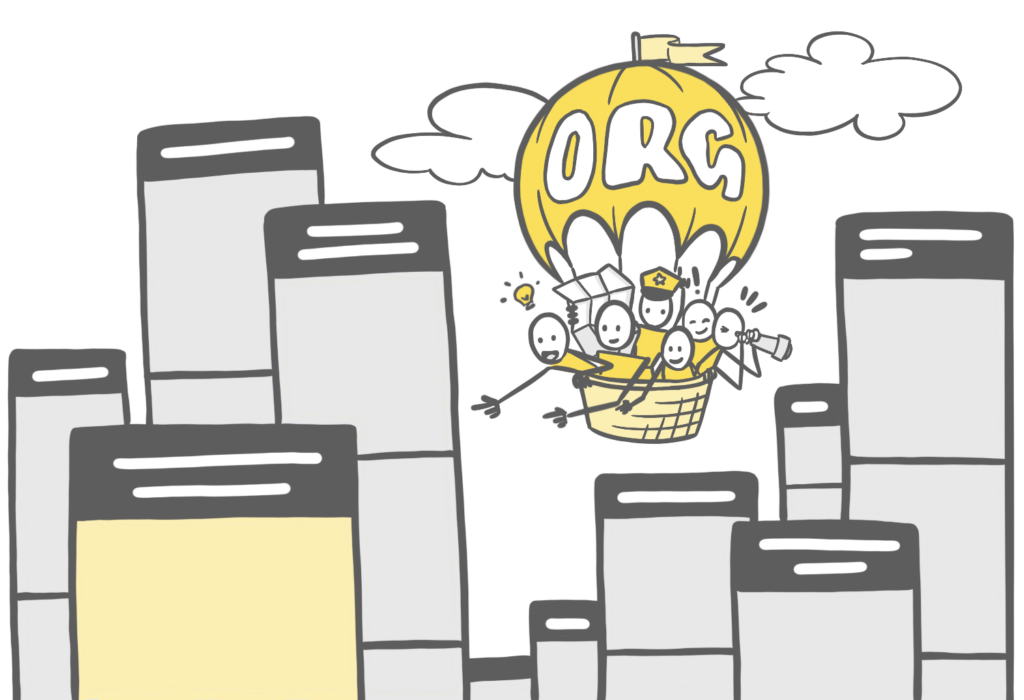Innovation is tedious without the lens of cognition
Innovate or die. Regain market share. Differentiate our solutions so people notice. Disrupt the market. These are the tired phrases of orgs who must compete with one another.
A refreshing way to attract the attention of a market is to simply understand deeply what people are facing as they try to address their intent. This understanding shows you where to aim your creativity. It also results in solutions that are more aware of the wider systems, and more likely to bring value to people.

How It Has Worked
Innovation and differentiation are dear to organizations that compete with each other. Here are examples of how Data Science that Listens helps an org get the edge.

Eat, Smell, Prey
What goes through a dog’s mind in a typical day?
I used this diagram in workshops, with a fun innovation exercise at the end. Each workshop group came up with some novel ideas.

Nap, Listen, Pounce
What goes through a cat’s mind during a typical day?
I used this diagram in workshops, with an innovation exercise included. The perspective was that of a cat. The trade for products was conducted in dead mice.

Personal Identity Change
How do we help young people build self-confidence in their identity? (coming from an expertise of gaming and fashion)
We suggested creating for TS1 and TS3 because they were the unique ones. (?) But the founder at the meeting said, “This isn’t how we do it here. So I’d rather go with my gut.” This was after a year of the researchers trying to get budget for the study.

Creative Home Chefs
Are there avenues where we can innovate for home cooks? The internal team wanted to come up with a new idea as part of an internal innovation contest.
The team used factors that were already important to stakeholders, such as cooking stress and flow breakers, and layered them below the mental model skyline. Each factor pointed to several bubbles that were layered on top of the mental model skyline to indicate importance to cooks by size and color saturation. The team won the competition because of the clarity of pointing at opportunities that were clearly supported by their research.

Taking Care of Clothing
We want to truly innovate in our appliances, taking advantage of new technology. How can we take “doing laundry” in a new direction? Research showed that people knew how they wanted an item of clothing treated, but had trouble translating that to the controls on the machine. The controls only describe what the machine can do (steam, cold/hot), but the people were thinking, ‘I don’t want my sweater to get pilled up,’ and ‘My running clothes never seem to smell fresh enough after washing.’
Team created a bubble diagram along a line of “less to more feasible,” where the opportunities were more clearly shown by the size and color of the bubbles juxtaposed with the feasibility. Big ones: to clarify indicators for options, they could change the language of the controls on the machine to speak to the same purposes people have in mind. And feedback from the washer that can sense textures would help. Telling the washer about stains or smelly running clothes could happen. There was an additional opportunity in one of the thinking styles, The Separationist. Their concern about bacteria is foremost. The org can create a line of appliances that caters specifically to germ control.

Programmer Karma
The director of developer relations wanted more developers to reach for Sybase data tools as a first choice.
To understand developers deeply, we framed a study about resolving issues using a new SDK. We compared the experience to developer experiences for Apple and Android SDKs. The resulting thinking styles catalyzed a variety of tailored ideas for the director. The mental model skyline helped the team re-design the online experience according to the view of developers, resulting in a successful initial year attracting developers to the program.

Quick Lunch
A rapid-serve restaurant chain wanted inspiration for ideas to improve in-store menus and drive-through mobile connectivity features. To create a foundation for inspiration, Indi reframed this from people’s intent: what am I gonna grab for lunch?
The data gathered from re-framing in this manner was represented in a room-wrapping mental model skyline. Seeing the cognition around lunch, and the gaps between the restaurant chain’s capabilities, inspired the design team with many ideas. Some were not even related to menus or phones. The team also gained common language, better collaboration, and the capacity for future exploration outside the solution space.





